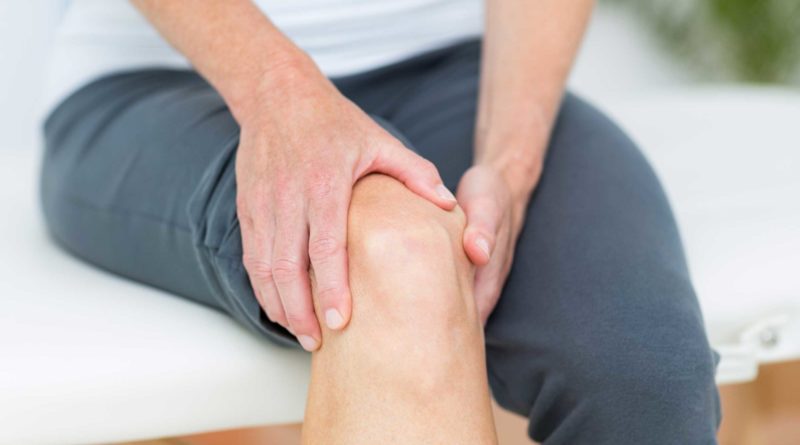Ordinary Fatigue or a New Disease? 7 Reasons for Pain in the Legs
The pain and heaviness in the legs cause us not only physical inconvenience. In this state, we can’t normally communicate with our family — husband, children, and parents. Conflicts arise, because of completely groundless reasons. You can also forget about walking after work with your friends because the only desire is to get to the sofa or bed.
But sometimes the pain in the legs is a sign of more serious problems in the body than you may think.
Reasons for Pain in the Legs
1. Varicose veins
Due to the violation of the outflow of venous blood, the pressure in the vessels rises and venous congestion occurs. It causes a feeling of heaviness in the legs and nagging pains that get worse by the end of the day.
What to do: Visit a phlebologist, do an ultrasound of the veins. Depending on the condition of the vessels, the doctor will prescribe a treatment. To reduce the pain you can wear compression knitwear. After a working day, rinse your feet with cold water, and in the summer, walk barefoot. All this improves blood circulation.
2. Thrombophlebitis
Venous congestion can lead to the formation of a blood clot in the veins. Thrombophlebitis is accompanied by acute throbbing pain and burning sensation in the calf muscles. Redness and swelling may appear. The veins are compacted and become so painful that it is impossible to touch them. The body temperature may rise.
What to do: Urgently visit a foot doctor, do angioscanning and blood test. These procedures will assess the degree of vein blockage and the likelihood of the blood clot coming off.
3. Inflammation of the sciatic nerve
The most common causes of such pains are a herniated disc and osteochondrosis. As a result, the nerve roots are pinched. The pain spreads along the sciatic nerve: from the lower back to the buttock and further down the back of the leg to the heel. Pains are accompanied by sensations of burning, cooling, and numbness.
What to do: Get a consultation with a neurologist, if necessary, perform an MRI.
4. Osteoporosis
Osteoporosis is the thinning of bone tissue, which is caused by calcium deficiency. The symptoms include feet cramps and severe pain in the calf. Women over 40 years old are at a higher risk, as well as smokers and coffee lovers.
What to do: Perform densitometry – a study of bone tissue thickness (x-ray or ultrasound). Based on the results, the doctor will prescribe calcium supplements.
5. Diabetes
For people with diabetes, pain and heaviness in the legs are often accompanied by cramps at night. The feet may swell and there are sensations of numbness and tingling. The skin on the leg becomes dry and flaky.
What to do: It is necessary to pass a sugar blood test and consult a doctor-endocrinologist.
6. Flat feet
This condition is not only congenial but also acquired in adulthood. With flat feet, the muscles and ligaments of the foot weaken, and the arches are compacted. As a result, the foot loses its shock-absorbing function, and the legs suffer. They become heavy, get tired quickly when walking and constantly hurt.
What to do: Visit an orthopedist, if necessary wear orthopedic shoes.
7. Arthritis
There are many joints in the feet, which due to infections begin to break down and inflammation occurs. With arthritis, the legs hurt all day long, the pain gets worse, then better.
The nature of the pain is different: when walking, it is sharp, and when standing for a long time, it’s throbbing. The joint itself swells up, the skin around it turns red and becomes fiery. Women suffer from arthritis 3 times more often than men.
What to do: Urgently visit a rheumatologist, make an x-ray of the joints and take a blood test. If you do not start the treatment in time, the foot may be so deformed that surgical intervention will be required.




